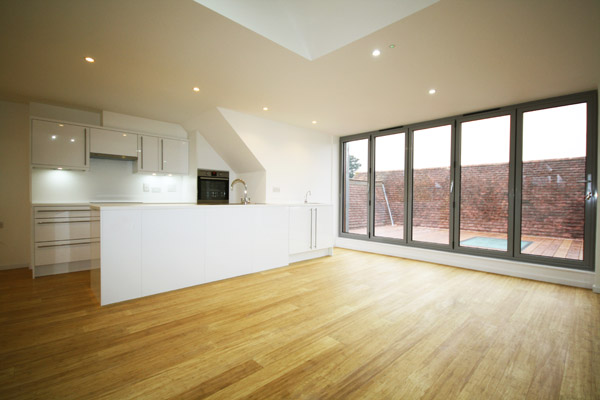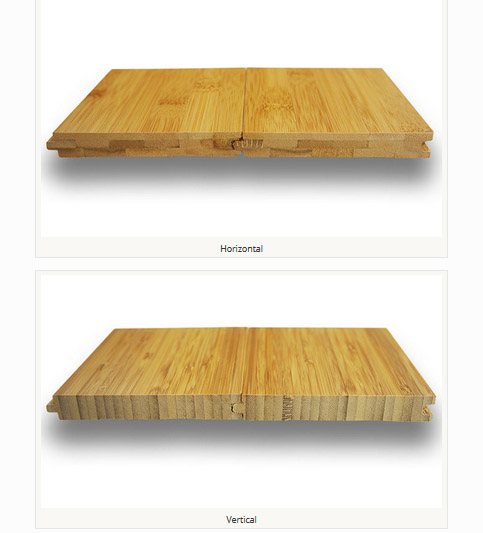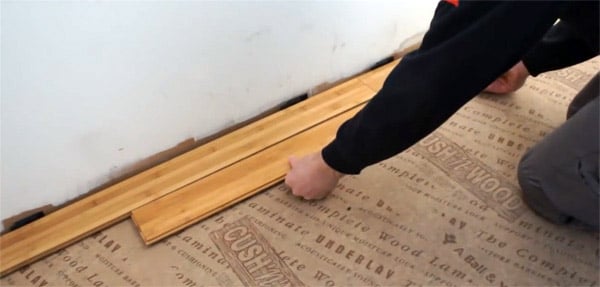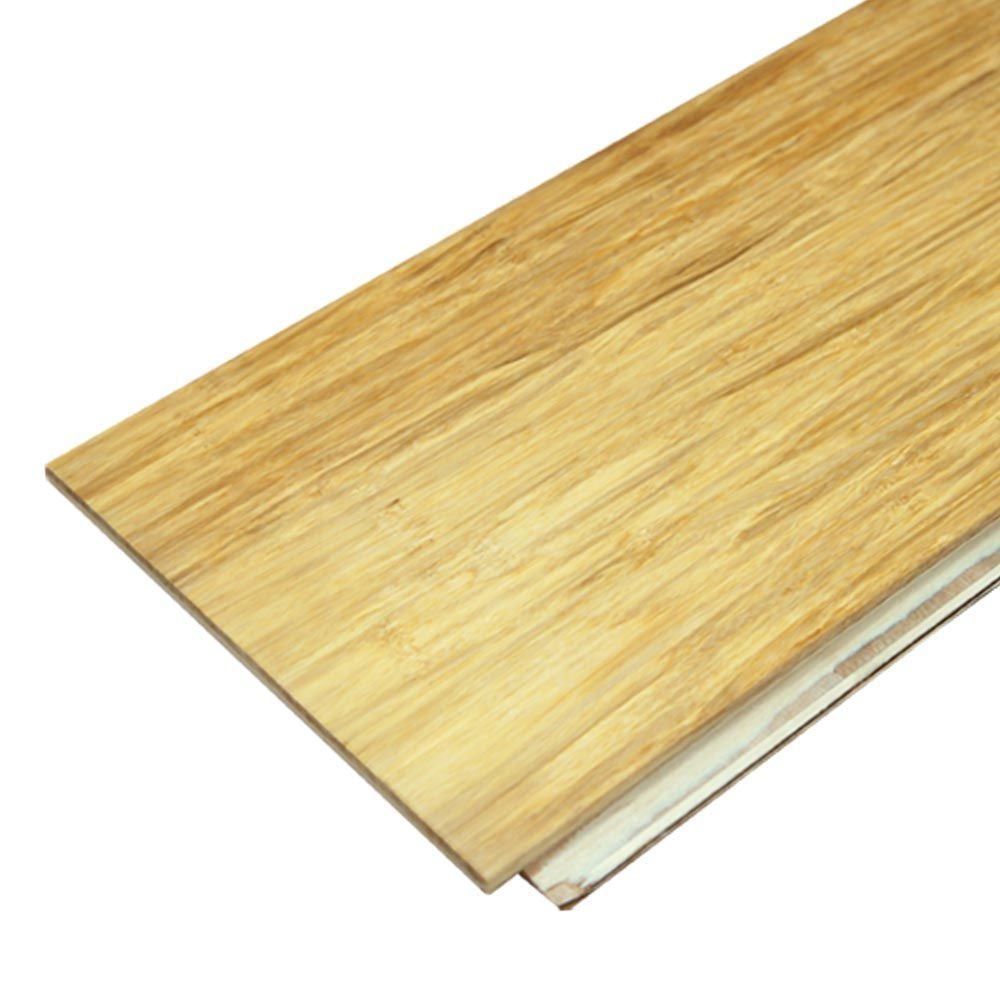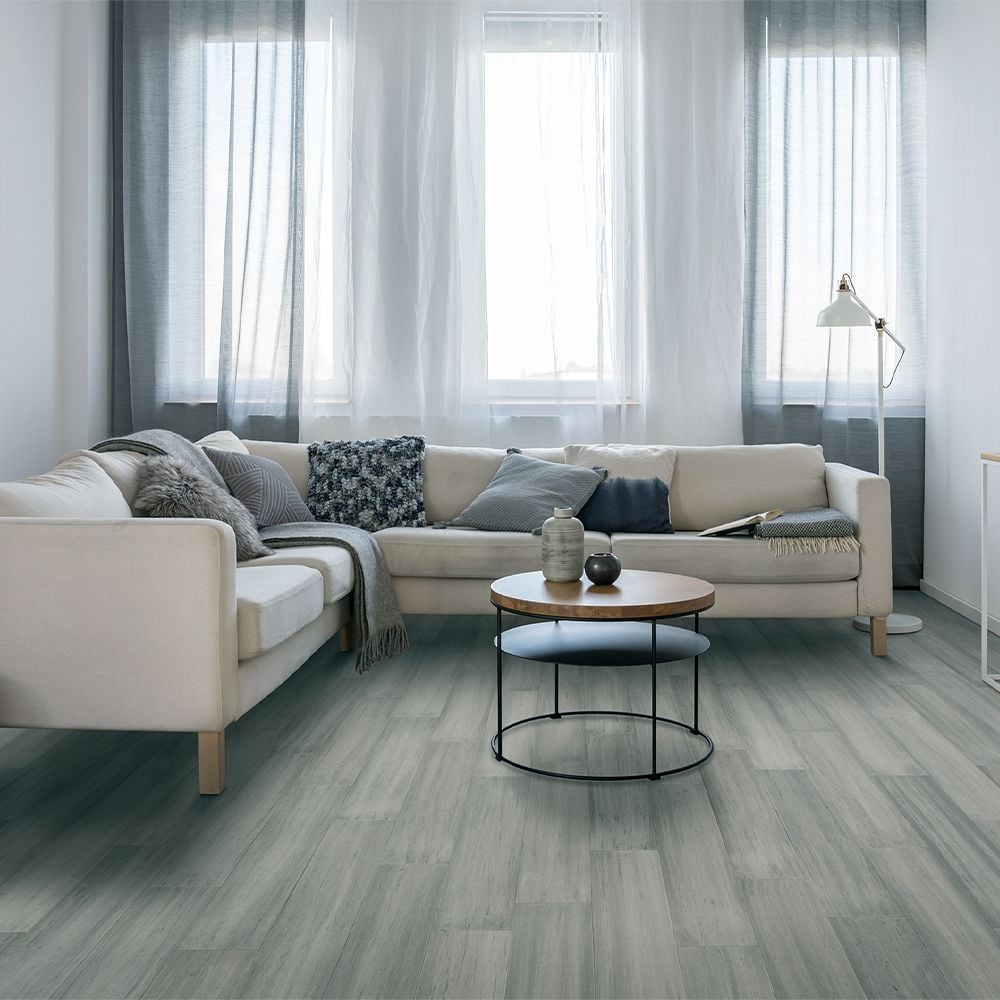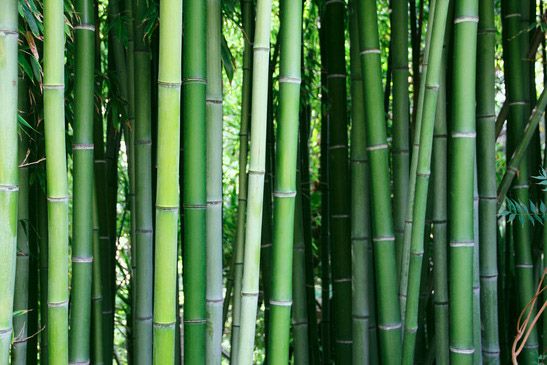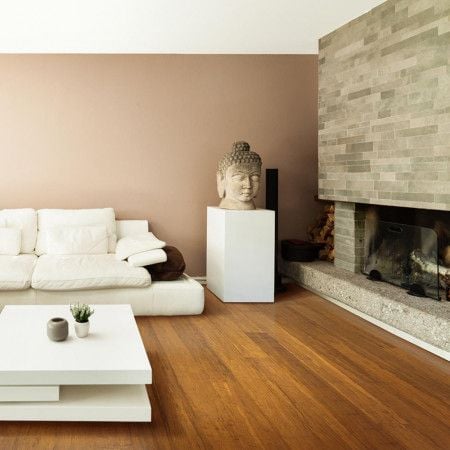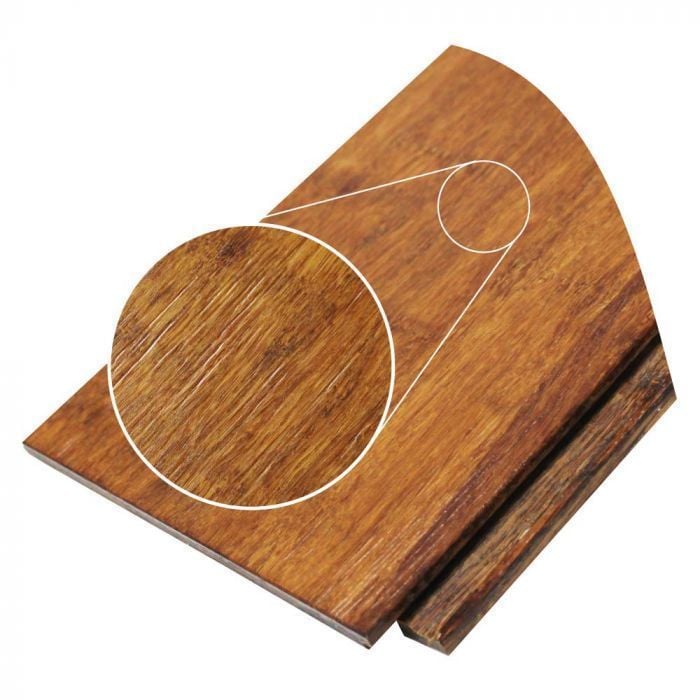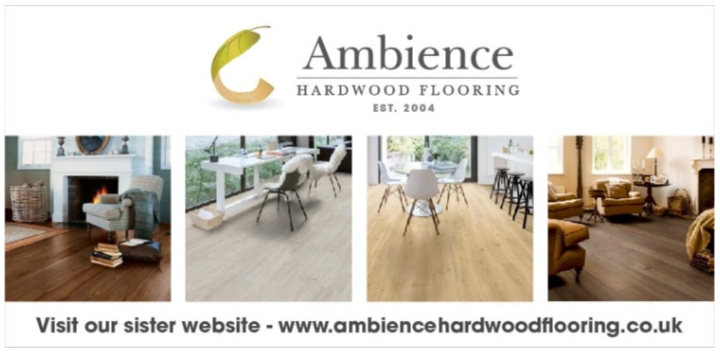What is bamboo flooring?
Bamboo flooring is a fantastic, durable, eco-friendly alternative to hardwood flooring. Bamboo is a rapid growing grass native to China. Bamboo flooring is made by cutting the bamboo into strips or strands and then machining it into flooring planks.
Like hardwood flooring, bamboo flooring is available in a wide variety of styles, colours, finishes and sizes.
Why choose bamboo flooring?
Bamboo flooring has many advantages and is often referred to as an eco-friendly alternative to hardwood flooring. Bamboo is a self-generating grass that reaches maturity in around five years (compared to a hardwood tree which can take decades to reach maturity), making it a sustainable resource for flooring. The way that bamboo flooring planks are constructed make them dimensionally stable and extremely durable, meaning that they can be floated over an underlay, used with underfloor heating and installed in areas where temperature and humidity fluctuate, such as conservatories. Strand woven bamboo flooring is over twice as strong as Oak flooring.
Bamboo flooring is also very quick and simple to install and most types of bamboo flooring are available with a click fitting system, making the process even more straight forward. Once bamboo is installed, it is very easy to clean and maintain and it does not harbour dust or dirt particles so is a great choice for any allergy sufferers. For further information, see ‘Top 10 benefits of bamboo flooring’.
What different types of bamboo flooring are available?
There are three main construction types of bamboo flooring; horizontal, vertical and strand woven. Horizontal bamboo is constructed from strips of bamboo glued together horizontally to create a wider grain pattern on the board. Vertical bamboo is constructed from strips of bamboo glued together vertically to create a thinner grain pattern on the board. Strand woven bamboo is constructed by strands of bamboo being compressed under extreme heat and pressure to form a plank of flooring with a random grain pattern.
Bamboo flooring can be found in either a solid board or engineered board. Solid bamboo flooring planks usually have a tongue and groove fitting system and can be found in fixed widths and lengths (96mm x 960mm). Engineered bamboo flooring planks have a base layer of plywood and a top layer of strand woven bamboo, and can be found in wider plank lengths and widths (up to 190mm x 1850mm), with a click fitting system. Bamboo flooring is also available in different colours: natural (golden, blonde tones), carbonised (rich, coffee tones), and rustic (darker streaks to give a rustic appearance). All bamboo flooring is pre-finished with a lacquer and matching bamboo flooring accessories are available to add the finishing touches to your room. 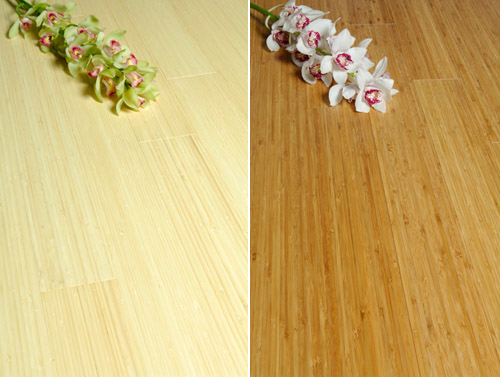
How do I install bamboo flooring?
Both engineered bamboo and solid bamboo are dimensionally stable products so do not need to be fixed down to the subfloor. They can be loose laid or floated over an underlay, glued down using flexible flooring adhesive or secret nailed or secret screwed directly to the subfloor. Sometimes it depends upon the type of subfloor that you have so for further information see our article: ‘Fitting bamboo flooring to different subfloors’
How do I maintain bamboo flooring?
Bamboo flooring is very easy to clean and maintain, by regular (or daily) sweeping with a soft brush to remove and dust, dirt and debris, and a cleaning (on a weekly basis) with a PH neutral wooden floor cleaner and microfibre mop. To avoid any unwanted damage to your bamboo floor read our article on ‘Maintaining the beauty and shine of bamboo floors’
What are the advantages of bamboo flooring?
- Eco-friendly and sustainable floor covering
- More durable than hardwood flooring
- Can be found in a variety of styles, colours and finishes
- Quick and easy installation
- Does not need fixing in position so can be loose laid over an underlay
- Can be installed in conservatories or rooms with large amounts of glazing
- Compatible with underfloor heating systems
- Easy to look after and maintain
- Relatively inexpensive flooring material

